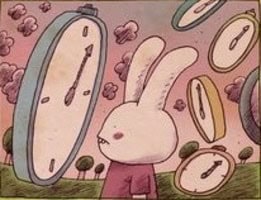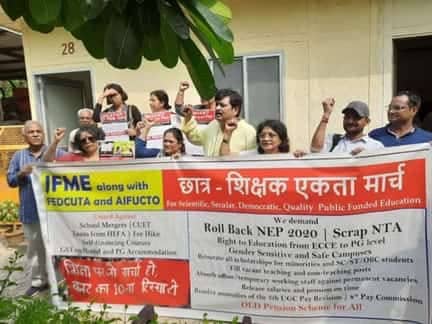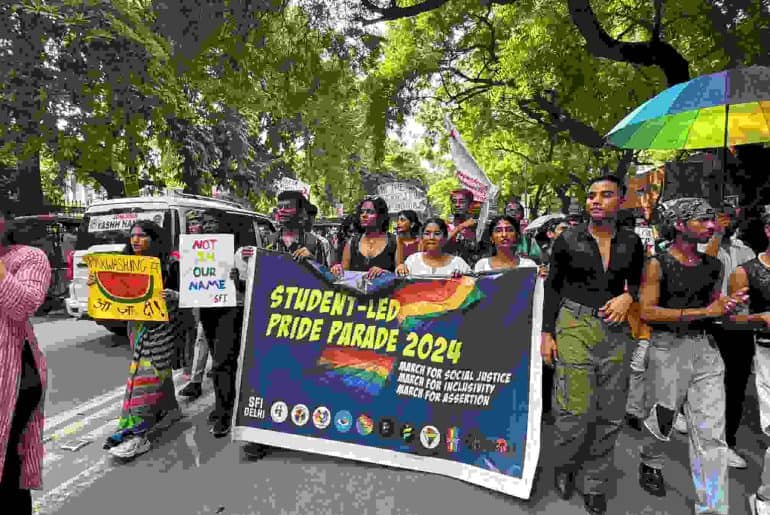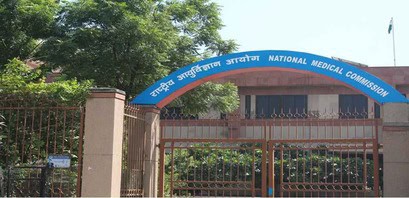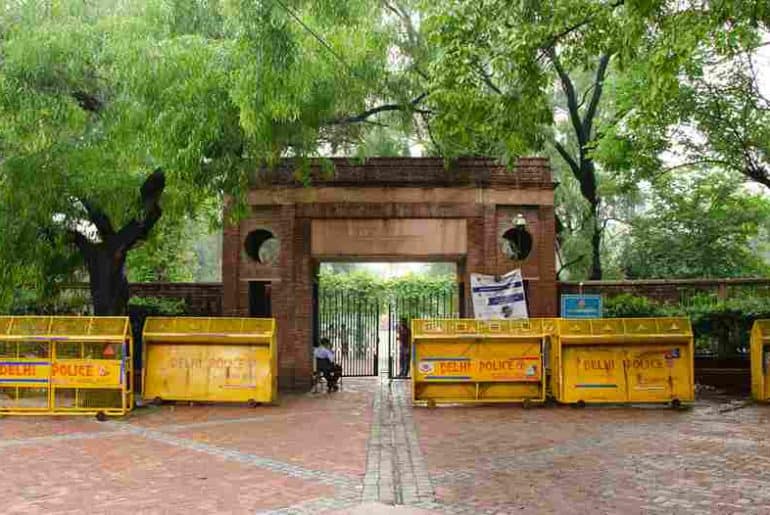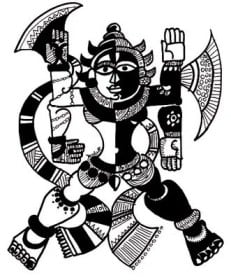‘The College Experience,’ as it were, does not assume the shape of a romanticised campus and campus romances for most. For some, within the thousands of searing red bricks that make the buildings, lie dreams—scores and scores of dreams. Do they drop into our hands, or do we catch them?
In a universe that is suddenly deprived of illusions and of light, man feels a stranger. His is an irremediable exile…This divorce between man and his life, the actor and the setting, truly constitutes the feeling of absurdity.” – Albert Camus, The Myth of Sisyphus.
Entering through my college gates as a freshman, I had no hopes from the campus. I did not hope to fall in love, I did not hope to reminisce when I graduated, and I did not hope to forge long-lasting friendships. I might have had some of these in high school, or I think I did. It did not matter then. It does not matter now. To tell the truth, I did not know what to expect. I had thought too far ahead, and planned my life out rather prematurely. My first year was largely spent manacled to the bed, counting in torturous wakefulness, the hours as they pooled on the wall and melted away.
In the second year, the exertion feels Sisyphian. The same routine repeats, and the first chunk of hours are eaten out of my plate by useless classes in college. I want to read, I tell myself. I want to write; I shake myself. Languor weighs my eyelids down as I ponder in inaction. I wake up the next day, and the cycle repeats. Time outruns me horribly. I remember having asked one of my professors back in the second semester, referring to the few enthusiastic students in our batch, “If we were students in your class, sir, would we be among the good ones?” “You would be decent,” he said. It broke my heart.
He also said that the days were indeed longer then.
The days were longer then. When summer afternoons were spacious, and the clock ticked slowly in the winter evenings.”
Eliot would agree. He would return from college and ask himself, “What now?” When his floor echoed no answer in response, he would read. He would think. We have forgotten how to think. We have not even begun to think.
From the second our eyelids are estranged from each other to the moment they are reunited, we forget that we had been breathing the entire time and that if we hadn’t, we wouldn’t have another sun to wake up to. All days escape notice. Therefore, we are ceaselessly working through ourselves in a pendent acceptance of livelihood. It is a morbid revelation. Nothing is enough. What meaning lies in prolonging a life signed away to an inhumane consumerist trap hole that ceaselessly and effortlessly renews itself? We are entrusted to think that we are a race that is dying.
The current generation wails at the thought of reading beyond a page. Our jaws start to rot past the second syllable in the word, and therefore we must shorten them. We have trained our brains to consume audio-visual media without restraint, and we remain content in a vacuous state of being. Our generation does not question, simply processes and moves on. We do not criticise, for we like to tell ourselves that we have not the time for it. It is the pedantic’s errand. Could a worldwide pandemic have so immoderately flipped our lifestyles? One is left grappling with unsubstantial prospects. The resolution too seems elusive.
I’m uncertain what to call this disease, but what I am certain of is that this will make possible the emergence of a world that is capricious, unambitious, and uncritical. The death most hazardous is the death of our passions. When we stand astride the line between meaning and meaningless, an absurdist world is conjured where our discernible identities no longer matter. Perhaps the medicine for the restitution of sensibility lies in the denial of sensibility itself; we might never know. The question itself remains unclear; whether we should attempt a recognition of ourselves in the first place. Now, we might seek solace in this idea, for when our identities no longer amount to concrete vision, a lifeless body and a passionless body are no different.
What of success? Our dreams? What of ourselves? Slow down, I say. Herein lies the paradox of success and the paradox of failure as well. The more successful one becomes, the more set up for failure they are. The more one fails, the more they may rule out what not to do, and therein, climb a step closer to success.
The words ‘probable’ and ‘improbable’ are essentially the same, and not antonyms, as we present them, for both the words contain a certain degree of probability; the flavour of the nuance lies in the degree of the probability. Otherwise, that which is probable has a degree of improbability. They are both parts of one whole; that is ‘possible’. Similarly, the words ‘success’ and ‘failure’ are a part of one whole; ‘progress’. In success, we make progress towards the next failure, and in failure, we make progress towards the next success. Slow down, I repeat. Breathe. Think. You shall get there. Where you want to be.
Slow down you crazy child
You’re so ambitious for a juvenile…
Slow down you’re doing fine
You can’t be everything you want to be before your time…” – Billy Joel.
Read Also : High Heels: Dreams, Taunts and What nots
Featured Image Credits : Pinterest
Aayudh Pramanik

